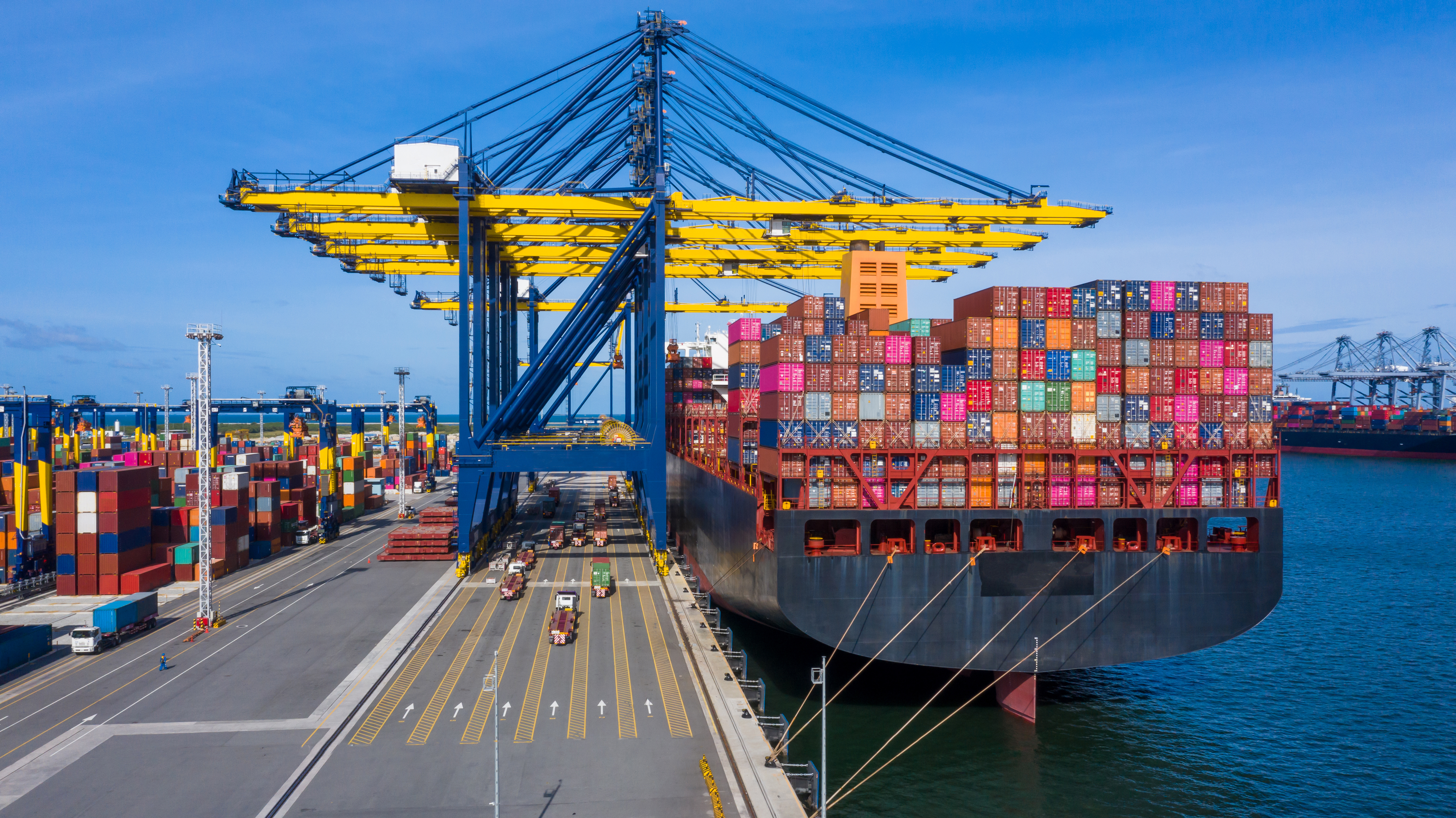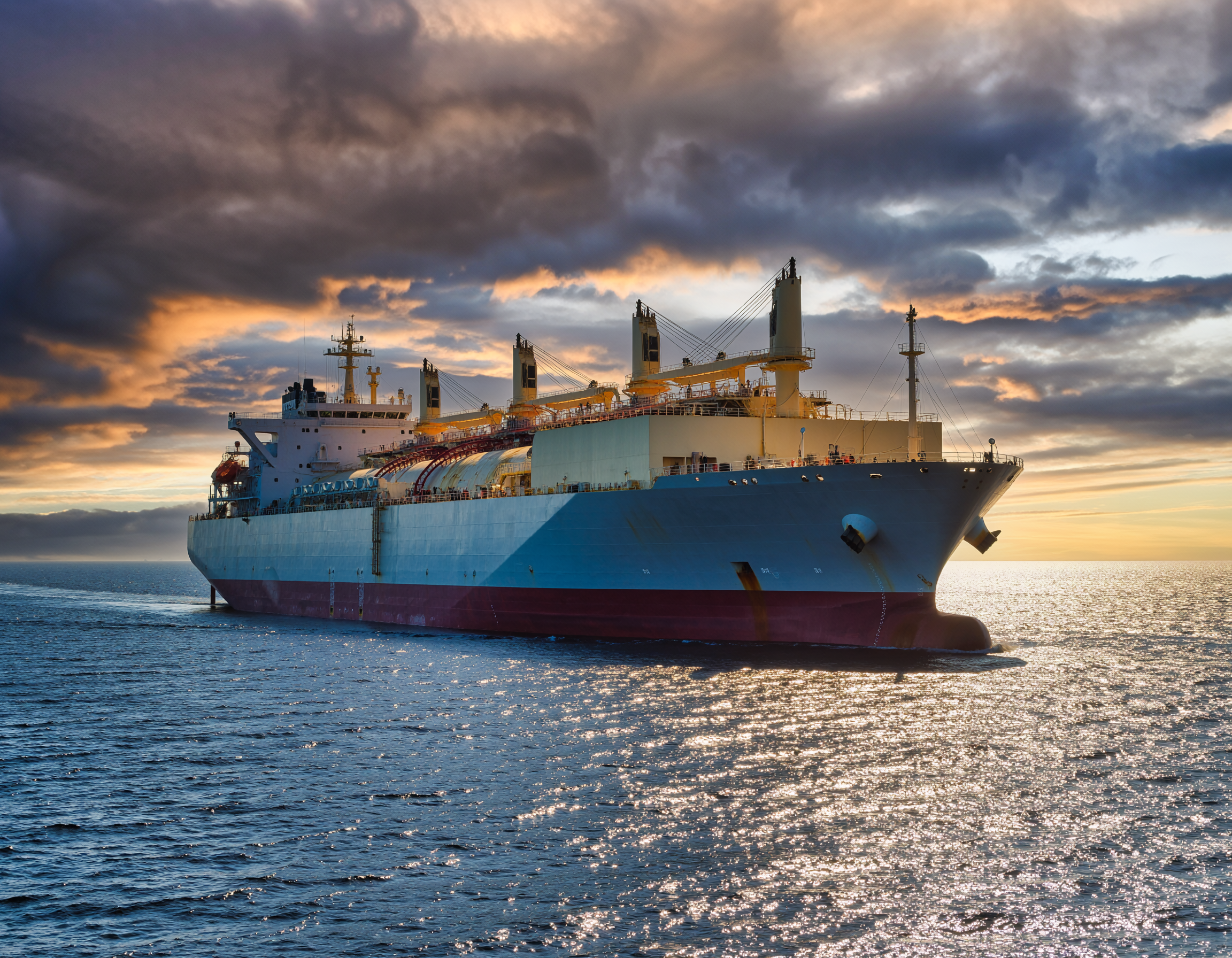The recent report by the Global Centre for Maritime Decarbonisation (GCMD) presents the findings of the world’s first pilot trial of ship-to-ship (STS) ammonia transfer under bunkering-like conditions. Conducted at Port Dampier, Australia, the pilot demonstrated the safe and efficient transfer of 2,700 metric tonnes (4,000 m³) of liquid ammonia between two gas carriers, the Green Pioneer and the Navigator Global, under realistic operational constraints. The trial rigorously evaluated the implications of such operations for future ammonia bunkering.
Focusing on technical feasibility, risk mitigation protocols, accidental release dispersion, and emergency preparedness, the trial placed special emphasis on operational risk assessment, toxic plume behaviour, and emergency response, key enablers for safely scaling ammonia as a marine fuel.
Operational Risk Assessment
The trial adopted a rigorous risk assessment framework anchored in HAZID (Hazard Identification) and HAZOP (Hazard and Operability Study) methodologies. These structured workshops identified, ranked, and addressed critical safety risks throughout each operational phase from vessel approach and mooring to transfer and disconnection.
The HAZID exercises identified 23 distinct risks: 15 were rated medium and 8 low, with none considered high-risk.
The key concerns included:
- mooring stability under dynamic weather conditions
- potential hawser or line failures
- and human error during hose handling and lifting operations.
Safeguards were implemented, notably:
- the integration of Emergency Release Couplings (ERCs)
- Vessel Separation Detection (VSD) systems
- and the elimination of simultaneous operations (SIMOPS).
Meanwhile, the HAZOP workshops identified 11 technical risks 8 medium and 3 low. These primarily addressed deviations such as over-pressurisation and challenges in purge gas control. The study underscored the importance of ensuring a robust vapour return system, proper calibration of pressure-vacuum (PV) valves, and the use of detailed procedural checklists for both hot gassing and nitrogen purging.
All risks were evaluated using a risk matrix, aligning likelihood and consequence with As Low As Reasonably Practicable (ALARP) principles. Simulations based on regional metocean data revealed that roll angles exceeding 4° could lead to bridge wing collisions, leading to the implementation of operational thresholds: 0.88 m for wave height and 20 knots for wind speed. These limits ensured hawser tension and fender stress remained within safe tolerances.
Plume Dispersal Modelling
To evaluate the behaviour of ammonia in accidental release scenarios, Computational Fluid Dynamics (CFD) modelling was conducted using the FLACS platform. The study included a range of release conditions from minor leaks to full 33 m³ pipe ruptures simulating dispersion patterns and informing safety zoning and evacuation protocols.
The CFD simulations accounted for wind speeds of 1, 5, and 10 m/s at an ambient temperature of 30°C, and were benchmarked against Acute Exposure Guideline Levels (AEGL) for toxic gas: AEGL-2 (220 ppm) and AEGL-3 (1,600 ppm). The resulting AEGL-3 plumes were found to travel between 750 and 1,300 metres, yet remained contained within the 1 nautical mile anchorage boundary. Plume dispersion was estimated to last up to 30 minutes under 10 m/s wind conditions, and up to 60 minutes under calmer winds of 1 m/s.
These findings directly shaped the trial’s emergency response plan, determining the safe standoff distances, time-sensitive evacuation triggers, and readiness protocols necessary for managing ammonia-related incidents.
Emergency Response Planning (ERP)
A comprehensive Emergency Response Plan (ERP) was developed, tailored specifically to ammonia’s hazardous properties. Grounded in the CFD modelling results and regulatory guidance from local agencies, the ERP incorporated a tiered severity framework and was aligned with both vessel-specific and port-wide contingency procedures.
- In Tier 1 scenario, such as contained hose leaks or valve faults, the response could be managed entirely onboard.
- Tier 2 scenarios, where exposure risk extended beyond deck level, required external assistance.
- Tier 3 covered full-scale emergencies, including regional response, mass evacuation, or fire.
To ensure readiness, an On-Scene Commander (OSC) and trained Ammonia Spill Responders (ASRs) were designated for incident command. Operational drills prior to transfer tested PPE protocols, validated optical gas imaging (OGI) camera functionality, and confirmed firefighting system readiness. A dedicated emergency response vessel, Coral Knight, remained on standby throughout the trial.
Equipment provision included:
- onboard containment kits
- emergency decontamination units
- ammonia gas detectors
- and breathing apparatus
Cross-agency communication protocols were established, linking the Australian Maritime Safety Authority (AMSA), Department of Transport (DoT), Department of Fire and Emergency Services (DFES), and Pilbara Ports Authority.
The ERP was benchmarked against the most critical AEGL-3 dispersion scenarios, ensuring evacuation timelines were aligned with actual dispersion behaviours. The response framework prioritised early detection, rapid containment, and coordinated decision-making, consistent with best practices in hazardous cargo management.
Conclusion
This pilot sets a new global benchmark for the operational safety of ammonia transfer at sea. Through its comprehensive approach, encompassing detailed risk assessments, CFD-informed safety zoning, and multi-tiered emergency planning, the trial confirms that ammonia bunkering can be safely and reliably conducted when governed by well-defined procedures and robust coordination.
Together with GCMD’s findings, these resources build a case for adopting ammonia as a scalable, zero-carbon marine fuel, one supported by science, industry partnerships, and validated emergency systems.




![The Solomon Trader [2025] EWCA Civ 1387: The ‘pay to be paid’ rule affirmed in the Court of Appeal](/fileadmin/uploads/ukpandi/News_Images/AdobeStock_104743067.jpeg)
